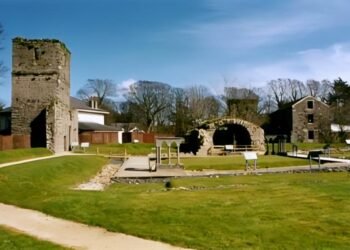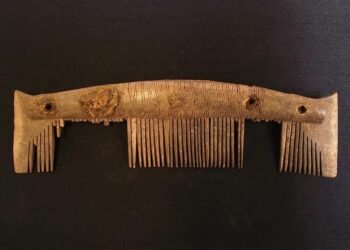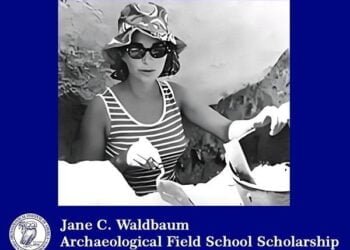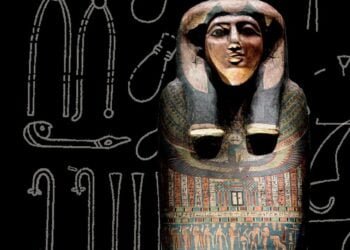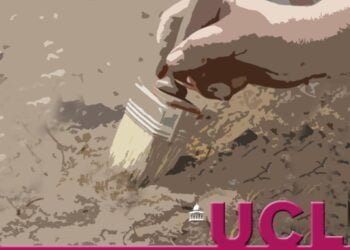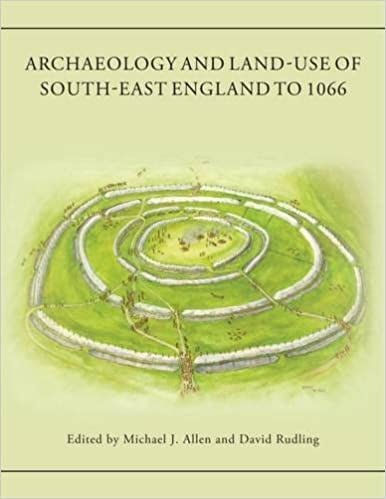 by Michael J. Allen (Editor), David Rudling (Editor)
by Michael J. Allen (Editor), David Rudling (Editor)
This new authoritative textbook on the archaeology of Southeast England (principally Kent, Sussex, and Surrey) comprises contributions from over 30 leading authority and provides a comprehensive overview as an informed narrative and interpretation of the region’s archaeology and history.
The chapters give a synthesis of new data acquired since the rise of developer-led archaeology in the mid-1980s, while also providing a basic background to the archaeology and history of the region. From the Lower Palaeolithic to the late Saxon period, chronological chapters chart the development of the Southeast.
Part 2 looks at specific aspects of regional diversity by characterizing the archaeological record for key topographical and ecological areas such the chalk downs, coastal plain, and Weald.
Part 3 considers material culture and economy, providing synopses of recent studies on topics such as Roman roads, the contribution of the Portable Antiquities Scheme, and the use of extensive noninvasive surveys.
This is the first book to look at the region as a whole for a generation and is offered as a tribute to the late Peter Drewett, an outstanding archaeologist of the Southeast region.
Table of Contents
Contributors
Acknowledgements
Editors Foreword
Preface
Foreword, Prof Geoff Wainwright, MBE
Tabula Commemorativa
1. Professor Peter Ladson Drewett, 1947–2013 – an appreciation, by DAVID R. RUDLING
PART ONE: THE SOUTH-EAST THROUGH TIME
2. The Physical, Political and Social Parameters of the South-East, by MICHAEL J ALLEN and DAVID R. RUDLING
3. Changing landscape and land-use; a palaeo-environmental perspective , by MICHAEL J. ALLEN and MARTIN BELL with ABEL DREWETT
4. The Lower and Middle Palaeolithic Periods; the archaeology of early Homo in South-East England, by MATT POPE and BECKY SCOTT
5. The Upper Palaeolithic and Mesolithic periods; modern human hunter-gatherers south of the Thames, by MATT POPE and CHANTAL CONNELLER
6. Social organisation of earlier Neolithic communities, by PAUL GARWOOD
7. Flint Mining – organisation, operation and social significance, by JULIE GARDINER and DAVID FIELD
8. Late Neolithic and Early Bronze Age/Chalcolithic – out of the woodlands?, by MICHAEL J ALLEN and JULIE GARDINER
9. The Bronze Age; ceremonial enclosures, mounding and belief, by DAVID FIELD and ANDY JONES
10. Bronze Age metalwork and society, by MARTYN BARBER and HELEN WICKSTEAD
11. Later Bronze Age revolutions, by ANN WOODWARD
12. Farms and forts: Iron Age of the South-East, by JOHN MANLEY and ANDREW FITZPATRICK
13. South-East England; the impact of Rome, by DAVID BIRD and DAVID RUDLING
14. Early Saxon period AD 410–680, by SUE HARRINGTON
15. Middle and Later Saxon period AD 680–1066, by STUART BROOKES
PART TWO: REGIONAL DIVERSITY
16. Weald: Iron production in South-East England, by JEREMY HODGKINSON
17. Downs: The Downlands, by MICHAEL J. ALLEN
18. Foreshore: The Thames foreshore and estuary and the North Kent Coast, by COURTNEY NIMURA, and JON COTTON with contribution by GUS MILNE
19. Rivers and Sea: Ships and boats, by PETER MARSDEN
20. Wetlands: The wetlands the South-East never knew, by CHRIS GREATOREX with MICHAEL J. ALLEN
21. Coastal Plain: The Coastal Plain; between chalk and sea, by CAROLINE WELLS
PART THREE: MATERIAL CULTURE AND ECONOMY
22. Non-invasive archaeological survey: discoveries and new interpretations, by AL OSWALD
23. The Land; changing patterns of enclosure , by JUDIE ENGLISH
24. Visualising the archaeology , by CASPER JOHNSON
25. Roman pottery production and supply in the South-East, by LOUISE RAYNER and ANNA DOCHERTY
26. The Portable Antiquities Scheme and the South-East; approaching the data, by STEPHANIE SMITH and DAVID WILLIAMS
27. Roman Roads and Roadside Settlements, by DAVID STAVELEY
28. South Eastern monuments in the 21st century, a continuing palimpsest of activity, by LISA FISHER
KEY REFERENCES
INDEX

